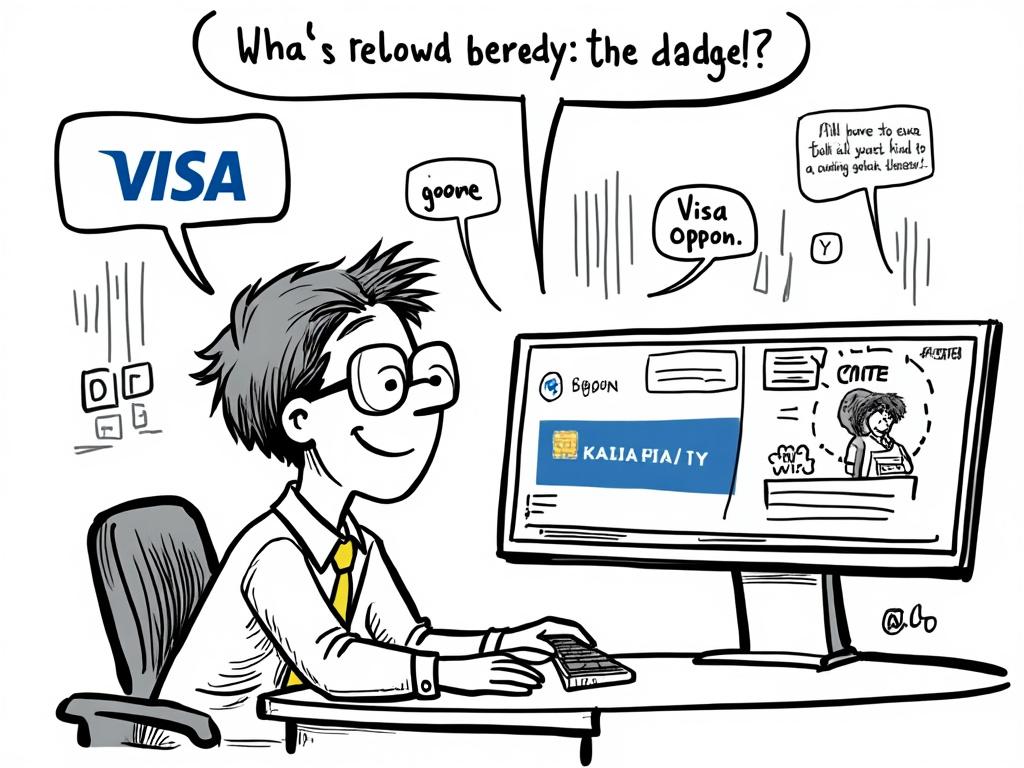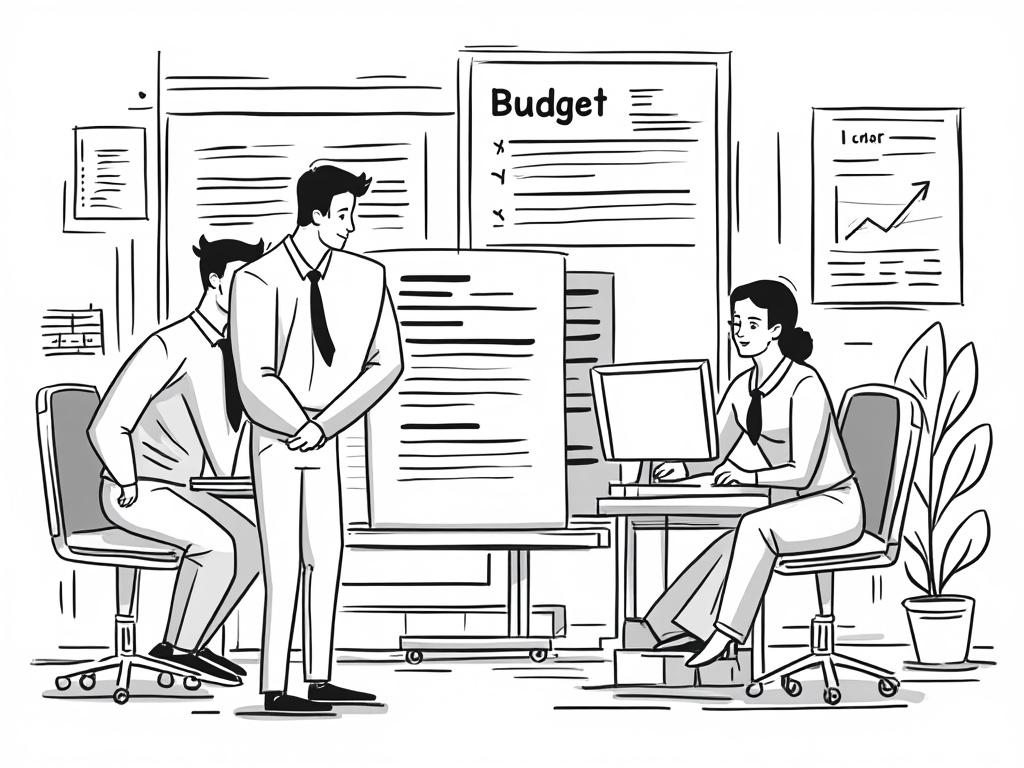
GEM Portal: UAE Government Excellence Framework – Your Gateway to World-Class Public Service Excellence
Reading time: 12 minutes
Ever wondered how the UAE consistently ranks among the world’s most efficient governments? The secret lies within the Government Excellence Model (GEM) Portal—a revolutionary framework that’s transforming public service delivery across the Emirates. Whether you’re a government employee, business owner, or simply curious about administrative excellence, this comprehensive guide will unveil the strategic mechanisms driving the UAE’s remarkable governance success.
Table of Contents
- Understanding the GEM Portal Foundation
- Key Components and Strategic Framework
- Implementation Strategies Across Government Entities
- Impact on Business Operations and Citizen Services
- Common Challenges and Practical Solutions
- Performance Metrics and Success Indicators
- Your Excellence Journey: Strategic Next Steps
- Frequently Asked Questions
Understanding the GEM Portal Foundation
The Government Excellence Model Portal isn’t just another bureaucratic tool—it’s the digital backbone of the UAE’s vision to become the world’s best government by 2071. Launched as part of the UAE Centennial 2071 initiative, GEM represents a paradigm shift from traditional government operations to data-driven, citizen-centric excellence.
Here’s the straight talk: Excellence in government isn’t achieved through wishful thinking—it requires systematic measurement, continuous improvement, and unwavering commitment to citizen satisfaction.
The Strategic Vision Behind GEM
Picture this scenario: A business owner needs multiple government approvals for expansion. Traditional systems might require weeks of back-and-forth communication across different departments. With GEM’s integrated approach, this process becomes streamlined, transparent, and measurably efficient.
The portal operates on seven core pillars:
- Leadership Excellence: Driving visionary governance from the top
- Strategic Planning: Aligning resources with national priorities
- Customer Focus: Placing citizens and businesses at the center
- Knowledge Management: Leveraging data for informed decision-making
- Human Capital: Empowering government employees
- Process Excellence: Optimizing operational efficiency
- Results Achievement: Delivering measurable outcomes
Digital Transformation at Its Core
The GEM Portal isn’t merely digitizing existing processes—it’s reimagining how government services should function in the 21st century. According to the UAE Government Excellence Program, entities using GEM have achieved an average 40% improvement in service delivery times and a 85% citizen satisfaction rate.
Key Components and Strategic Framework
Understanding GEM’s architecture is crucial for leveraging its full potential. The portal integrates multiple assessment tools, performance dashboards, and improvement methodologies into a cohesive excellence ecosystem.
Core Assessment Mechanisms
The UAE Government Excellence Award (UGEA) serves as the primary evaluation framework, assessing government entities across nine comprehensive criteria. This isn’t a superficial review—it’s an in-depth analysis that examines everything from leadership effectiveness to innovation implementation.
Consider the case of Dubai Municipality, which utilized GEM’s assessment tools to identify operational bottlenecks in their building permit process. By implementing GEM-recommended improvements, they reduced average processing time from 45 days to just 7 days—a transformation that directly impacts business growth and investor confidence.
Performance Management Integration
The portal’s performance management system operates on three interconnected levels:
| Level | Focus Area | Key Metrics | Review Frequency | Impact Score |
|---|---|---|---|---|
| Strategic | National priorities alignment | Vision 2071 targets | Annual | 40% |
| Operational | Service delivery efficiency | Processing times, quality scores | Quarterly | 35% |
| Individual | Employee performance | Competency assessments | Bi-annual | 25% |
Implementation Strategies Across Government Entities
The beauty of GEM lies not in its complexity, but in its adaptable implementation approach. Different government entities can customize the framework to match their specific mandates while maintaining consistency with national excellence standards.
Phased Implementation Methodology
Phase 1: Foundation Building (Months 1-3)
Entities begin with comprehensive baseline assessments, identifying current performance levels and improvement opportunities. This phase involves extensive stakeholder consultation and change management preparation.
Phase 2: System Integration (Months 4-8)
Technical implementation of GEM tools, staff training programs, and process optimization initiatives. This is where the rubber meets the road—transforming theoretical frameworks into practical operational improvements.
Phase 3: Excellence Acceleration (Months 9-12)
Full deployment of performance monitoring systems, regular assessment cycles, and continuous improvement protocols.
Real-World Success Story: Abu Dhabi Police
Abu Dhabi Police’s GEM implementation journey exemplifies strategic excellence in action. Facing challenges in emergency response coordination, they leveraged GEM’s process excellence framework to redesign their command and control systems.
The results speak volumes: emergency response times improved by 32%, citizen satisfaction scores increased to 94%, and inter-departmental coordination efficiency improved by 45%. More importantly, these improvements contributed directly to Abu Dhabi’s recognition as one of the world’s safest cities.
Impact on Business Operations and Citizen Services
GEM’s influence extends far beyond government corridors—it fundamentally reshapes how businesses and citizens interact with public services. This transformation creates ripple effects throughout the economy, enhancing the UAE’s position as a global business hub.
Business-Friendly Environment Creation
Quick scenario: Imagine launching a fintech startup in Dubai. Pre-GEM, this might involve navigating multiple agencies, unclear requirements, and unpredictable timelines. Post-GEM implementation, the same process becomes transparent, standardized, and measurably efficient.
The UAE’s World Bank Ease of Doing Business ranking improvement from 26th to 16th position between 2018-2020 directly correlates with GEM-driven improvements in business licensing, permit processing, and regulatory compliance procedures.
Citizen Experience Enhancement
GEM’s citizen-centric approach transforms service delivery from a bureaucratic necessity into a positive experience. The portal’s feedback mechanisms ensure continuous service refinement based on actual user experiences rather than internal assumptions.
GEM Performance Comparison: Pre vs. Post Implementation
Common Challenges and Practical Solutions
Even the most well-designed systems face implementation hurdles. GEM’s journey hasn’t been without challenges, but the proactive approach to addressing these obstacles provides valuable lessons for other excellence initiatives.
Challenge 1: Change Management Resistance
The Problem: Long-established government employees often resist new systems and processes, viewing them as additional bureaucracy rather than improvement tools.
GEM’s Solution Approach: Instead of mandating compliance, GEM emphasizes employee empowerment through comprehensive training programs and clear performance incentives. The “Excellence Champions” program identifies enthusiastic adopters who become internal advocates for change.
Pro Tip: Successful GEM implementation isn’t about forcing adoption—it’s about demonstrating value and creating sustainable motivation for excellence.
Challenge 2: Data Integration Complexity
Government entities often operate with legacy systems that don’t communicate effectively. GEM requires integrated data flows for accurate performance measurement and improvement tracking.
Strategic Solution: The portal employs a phased integration approach, starting with critical data streams and gradually expanding connectivity. API-based integration ensures compatibility across different technological platforms while maintaining data security standards.
Challenge 3: Maintaining Long-term Momentum
Initial enthusiasm for excellence initiatives often wanes over time without sustained leadership commitment and visible results.
Sustainability Framework: GEM addresses this through regular assessment cycles, public recognition programs, and direct linkage between excellence performance and career advancement opportunities.
Performance Metrics and Success Indicators
Measuring excellence requires sophisticated metrics that go beyond simple satisfaction scores. GEM employs a multi-dimensional assessment approach that captures both quantitative performance and qualitative impact indicators.
Key Performance Indicators (KPIs)
The portal tracks over 200 distinct metrics across different government functions, but five core indicators serve as primary excellence benchmarks:
- Service Delivery Efficiency: Average processing time reduction and accuracy rates
- Customer Satisfaction Index: Comprehensive feedback analysis from citizens and businesses
- Innovation Implementation Rate: Adoption of new technologies and process improvements
- Employee Engagement Score: Internal satisfaction and professional development metrics
- Financial Performance: Cost efficiency and resource optimization achievements
Benchmarking Against Global Standards
GEM doesn’t operate in isolation—it continuously benchmarks UAE government performance against international best practices. The framework incorporates elements from Singapore’s Public Service Excellence model, Canada’s Management Accountability Framework, and the European Foundation for Quality Management (EFQM) Excellence Model.
According to the latest Government Effectiveness Index by the World Bank, the UAE ranks 21st globally and 1st in the Arab region—a direct reflection of GEM’s systematic approach to excellence measurement and improvement.
Your Excellence Journey: Strategic Next Steps
Understanding GEM is just the beginning—the real value lies in applying these excellence principles to create tangible improvements in government service delivery and citizen satisfaction. Whether you’re a government employee, business stakeholder, or engaged citizen, here’s your actionable roadmap for leveraging GEM’s transformative potential.
Immediate Action Steps (Next 30 Days)
1. Baseline Assessment: Identify your current interaction points with government services and evaluate their efficiency using GEM’s citizen-centric criteria. Document specific pain points and improvement opportunities.
2. Stakeholder Engagement: Connect with relevant government entities through official GEM channels to understand upcoming service enhancements and provide constructive feedback on current offerings.
3. Digital Platform Utilization: Maximize your use of existing digital government services, as increased adoption directly supports GEM’s efficiency metrics and drives further improvements.
Medium-Term Strategic Positioning (3-6 Months)
4. Performance Monitoring: Establish personal or organizational metrics to track improvements in government service interactions, creating your own excellence scorecard aligned with GEM principles.
5. Innovation Contribution: Participate in government consultation processes and innovation challenges, contributing to the continuous improvement cycle that drives GEM’s success.
The UAE’s commitment to becoming the world’s best government by 2071 isn’t just an ambitious vision—it’s a systematic journey powered by frameworks like GEM that transform public service excellence from aspiration into measurable reality. Your engagement with these systems doesn’t just improve your own experience; it contributes to a larger transformation that positions the UAE as a global benchmark for government innovation and efficiency.
Ready to be part of this excellence revolution? The GEM Portal represents more than a government tool—it’s your gateway to experiencing and contributing to world-class public service delivery that sets new standards for citizen-centric governance.
Frequently Asked Questions
How can businesses directly benefit from GEM Portal implementations?
Businesses experience tangible benefits through streamlined licensing processes, reduced compliance costs, and faster service delivery. The portal’s standardization efforts mean more predictable timelines and clearer requirements across all government interactions. Companies report average cost savings of 25-30% in administrative expenses and 40% reduction in processing times for permits and approvals.
What makes GEM different from other government excellence frameworks?
GEM’s unique integration of digital transformation, citizen feedback mechanisms, and performance-based incentives sets it apart. Unlike traditional models that focus solely on internal processes, GEM emphasizes measurable outcomes that directly impact user experience. The framework’s adaptive nature allows customization for different government entities while maintaining consistent excellence standards across the UAE.
How can citizens actively participate in the GEM excellence process?
Citizens can engage through multiple channels including official feedback platforms, service rating systems, and government consultation processes. The portal includes dedicated citizen engagement modules where feedback directly influences service improvements. Regular surveys, focus groups, and digital feedback tools ensure citizen voices are integral to the continuous improvement cycle, making every interaction an opportunity to enhance government excellence.

Article reviewed by Emre Demir, Cross-Border Investment Broker | Bridging Europe & Middle East, on June 4, 2025



